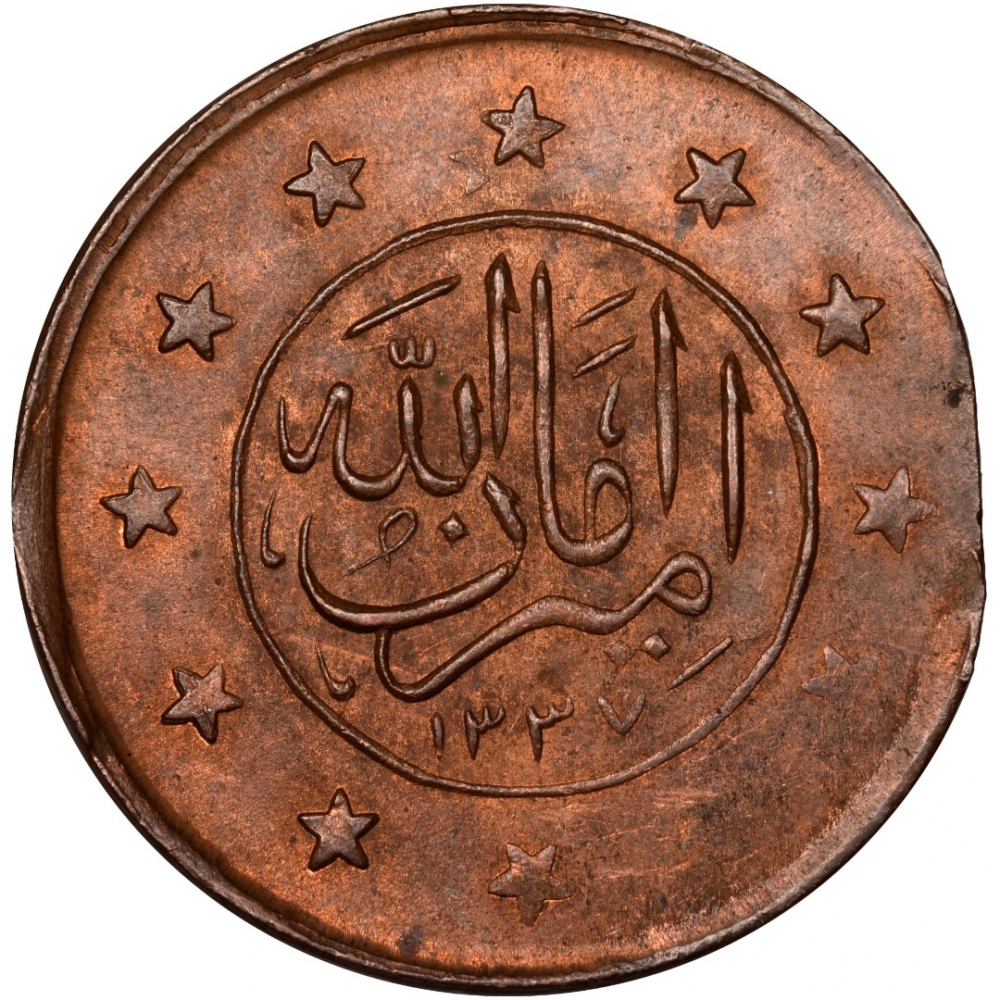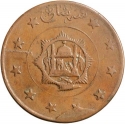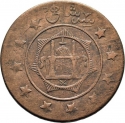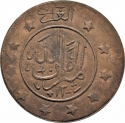You are about to finish your registration. Please check your mailbox (including spam folder). There should be a letter with a confirmation link. Check setting to make sure that your e-mail address is correct.
Send letter againDescription
Ghazi Amanullah Khan (1892–1960) was the ruler of Afghanistan from 1919 to 1929, initially as Emir and later as King. Following the conclusion of the Third Anglo-Afghan War in August 1919, Afghanistan declared its independence and pursued a foreign policy free from British influence.
Amanullah Khan's reign was characterized by significant political and social reforms aimed at modernizing Afghanistan along Western lines. However, these efforts were disrupted by an uprising led by Habibullah Kalakani. On 14 January 1929, Amanullah abdicated and fled to British India as the Afghan Civil War intensified. He later moved to Europe, spending 30 years in exile before passing away in Zürich, Switzerland, on 26 April 1960. His remains were returned to Afghanistan and interred in Jalalabad, near the tomb of his father, Habibullah Khan.
Obverse

|
Depicts the emblem of the Emirate of Afghanistan within a circle surrounded by eight five-pointed stars, denomination in Persian letters at the top. سه شاهی |
|---|---|
Reverse

|
Depicts Amanullah Khan's name, Amir of Afghanistan, with the date of accession in Lunar Hijri below within a circle surrounded by twelve five-pointed stars. الله |
| Edge |





